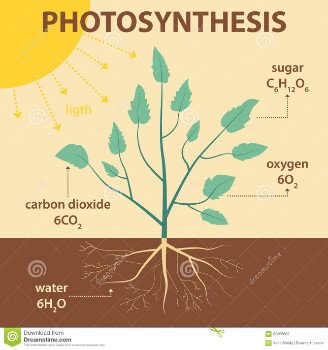
What is a plant? Oddly enough, science still does not have a direct and simple answer to this childish question, although the first person who tried to somehow define plants was the ancient Greek scientist and philosopher Aristotle.
The great encyclopedia says that plants are considered organisms that are autotrophs, that is, they feed on organic substances, independently synthesized by them from inorganic substances found in the soil and air.
This process is called photosynthesis, because it converts the energy of sunlight into chemical bonds, through which simple inorganic substances are converted into organic compounds.
The ability to photosynthesize and, as a result, autotrophy is considered one of the main features that distinguish plants from other living organisms. Many other sources agree with this statement.
However, the natural world is infinitely amazing, and scientists continue to make discoveries that do not fit into the allotted framework.
A plant that cannot photosynthesize and flower
Japanese botanist Kenji Suetsugu has discovered a new organism that is still unknown. A scientist found it on the Japanese island of Kuroshima. Journalists dubbed the find an “alien plant”, because, according to scientists, this body is completely unique to our planet.
Whether Gastrodia kuroshimensis is an alien, scientists are likely yet to find out. But it is already known that this organism is not able to synthesize food for itself, being a parasite.
The existence of parasitic plants is not new. Botanists know a number of plants that have partially or completely lost the ability to photosynthesize or absorb substances from the soil by the root system and therefore feed on others. These include, for example, some types of orchids, mistletoe and dodder.
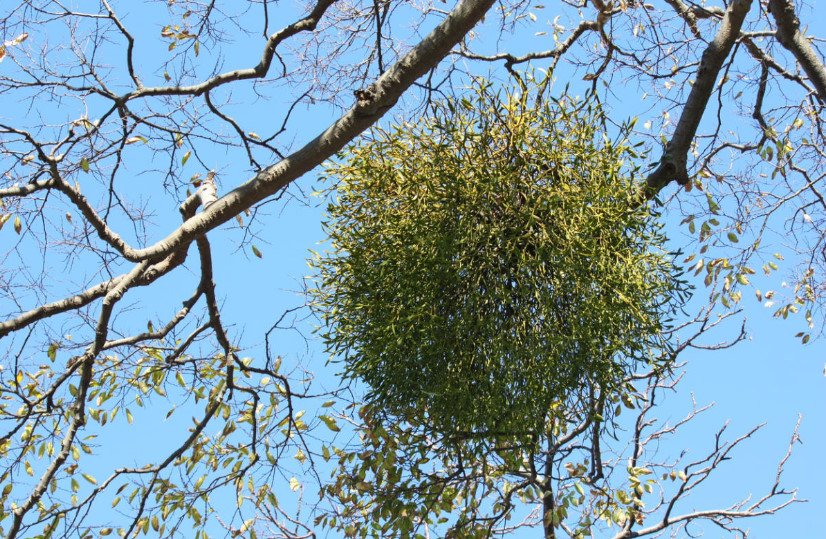
But Gastrodia kuroshimensis is a unique parasitic plant: it exists not because of plants, but because of fungi. Another feature of the found plant is the lack of flowering. Gastrodia kuroshimensis also reproduces in a peculiar way, fertilizing itself.
It would seem that this is also not surprising-self-pollinating plants are known to science, and there are quite a large number of them. But this flora is not the usual organ called a flower by botanists: a pistil and no stamens. But, despite the absence of the most important signs of belonging to plants, biologists still attributed the stranger to the Plant Kingdom.
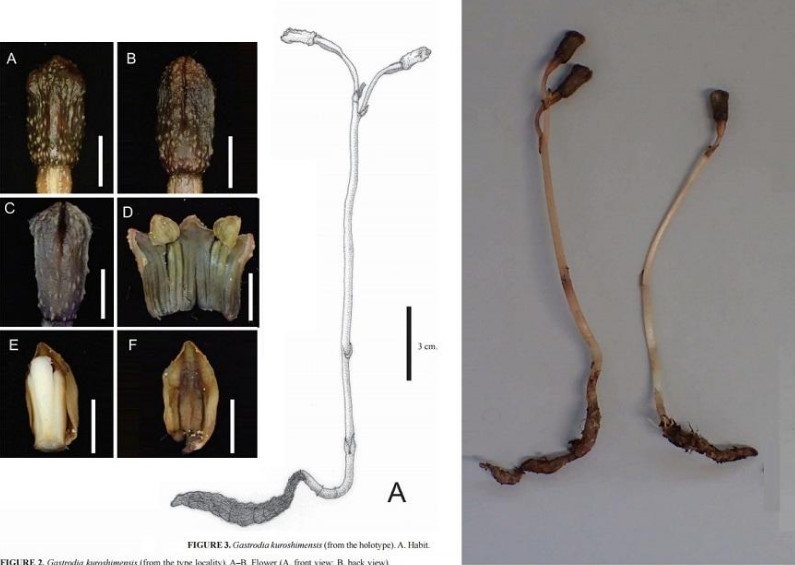
This is not the end of the puzzle. Gastrodia kuroshimensis is nondescript and leads a secretive lifestyle – most of the year the plant is underground. But for some reason (because it does not need sunlight for food, insects, pollinators, or wind for reproduction), the mysterious plant appears for a while from under the ground, and then, having done something of its own, so far incomprehensible to scientists, it again hides under the surface of the soil.

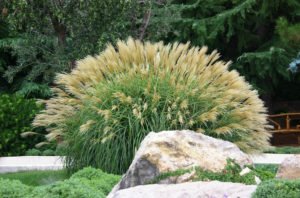
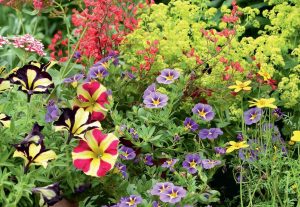
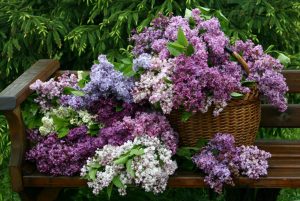
Leave a Reply